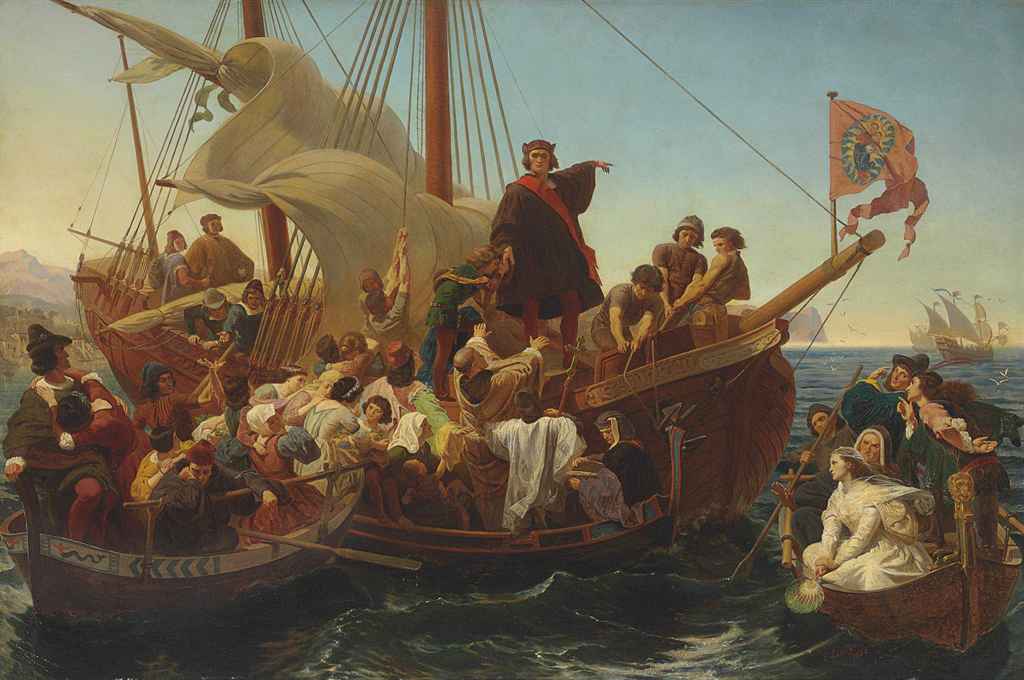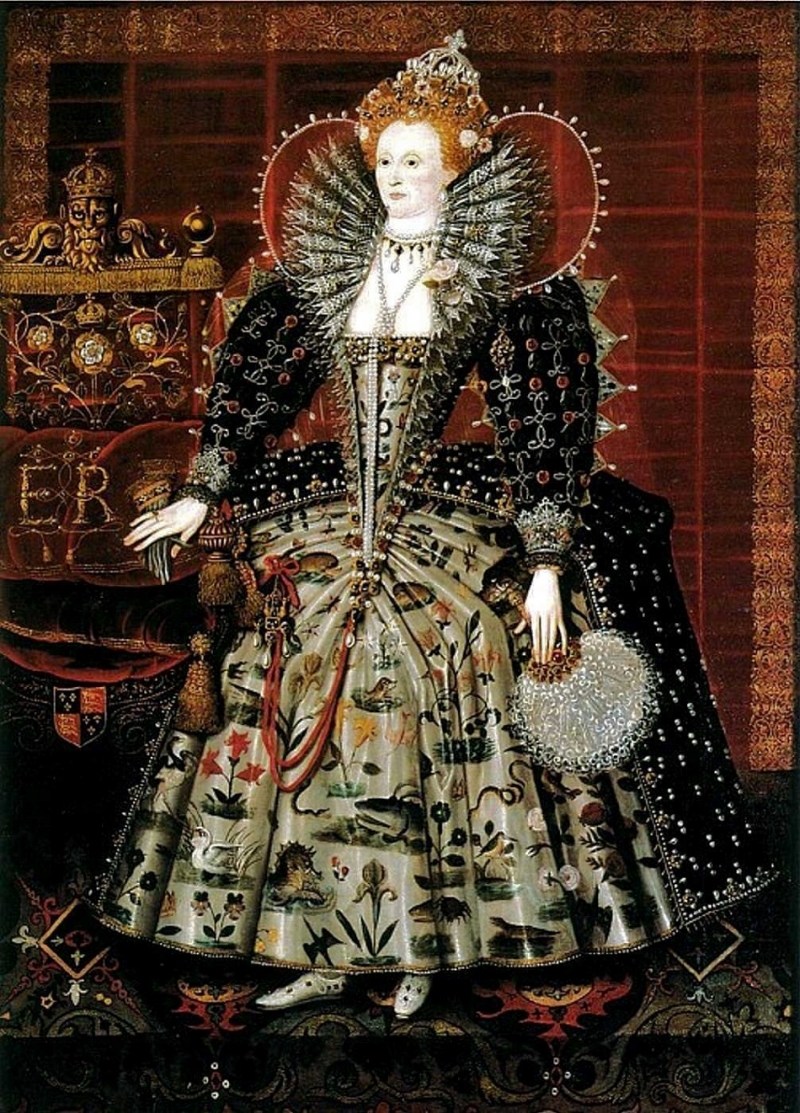Photo gallery

Triumph of Death (detail), by Peter Bruegel the Elder, c. 1560-62, Museo del Prado, Madrid
Trade, science, art and a love for life were central to the Renaissance. Yet the era also had its dark side – wars, religious upheavals, moral decay, alleged witchcraft and horrible plagues. From the middle of the 14th century to the end of the 17th, epidemics extinguished nearly half of the population. Bruegel's dance of death documented the omnipresence of the Grim Reaper, who spares nobody, not even the king in his ermine robe. The Flemish master Pieter Bruegel the Elder (1525/30-1569) is regarded as the greatest landscape painter of the 16th century. In his world, man is no longer lord of creation, as in the Italian Renaissance, but merely a part of the entire cosmos.

The Creation of Adam, fresco by Michelangelo Buonarrotti, c. 1508- 12, Sistine Chapel, Vatican
Pope Julius II (1503-1513) commissioned Michelangelo (1545-1564) to paint the ceiling of the Sistine Chapel where new popes were elected and took office. After the years of exile in Avignon and the Schism of the Catholic Church, the authority of papacy was reinvigorated. Julius II was more interested in art, culture and the restoration of papal power than in spiritual matters. The creation of Adam shows the moment in which God the Father infuses Adam with the vital energy which enables him to move, think and feel.

Riva degli Schiavoni with Doges' Palace (Detail), by Luca Carlevarijs, c. 1690-1720, Galleria Nazionale di Palazzo Corsini, Rom
Venice was one of the richest and politically most stable states of Renaissance Europe. Before Vasco da Gama found the sea route to India in 1501, Venice dominated almost the entire trade between east and west. Protected by the Venetian navy, the city’s merchant ships voyaged across the Black Sea to the reloading points of the Silk Road, to Syria to meet the oriental caravan routes, to Alexandria, terminus of the Pepper Road, to France, Spain and North Africa. Payments in Venetian ducats were accepted from the Atlantic to China. Accountancy, cartography and printing were among the specialties of the Venice craftspeople.

Villa Barbaro or Villa di Maser, by Andrea Palladio, 1549-58, Maser, Veneto region
Townspeople always longed for peaceful country life. The development of city-states like Florence or Venice eventually led to the construction of country villas by rich citizens. Andrea Palladio (*1508, †1580), an architect of Padua, was the most renowned builder of these country houses. In the design of the Villa di Maser for the Barbaro family he took into account the ideal of the greatest harmony of house and grounds. Palladio's ideas had an enormous influence on European architecture through the work I quattro libri dell'architettura from 1570.

Reconstruction of the Santa María, the flagship of Christopher Columbus
The Italian Christopher Columbus (1450-1506) voyaged to the New World four times. Together with his crew from the ship Santa María he discovered America in 1492 and explored the islands of the West Indies. From those voyage he brought back gold and tropical fruits such as pineapples, but also the first hammocks on Western ships. The Renaissance was an age of discovery. In 1497/98 the Portuguese Vasco da Gama found the sea route to India. Amerigo Vespucci explored the New World on three voyages, made accurate maps and gave his name to America. The discoverers sailed in small wooden ships known as caravels.

The Battle of Lepanto, by Yogesh Brahmbhatt, National Maritime Museum, Greenwich
At Lepanto on the western coast of Greece, the Christian allies Spain, Venice and the Papal States defeated the Ottoman fleet in 1571. Ever since the fall of Constantinople in 1453, the Turks had striven to obtain the power within the entire Mediterranean. The victory at the Battle of Lepanto gave the Holy League temporary control over the Mediterranean, and prevented the Ottomans from advancing into Europe. The naval battle was a crucial turning point in the conflict between the Middle East and Europe, which has not yet completely been resolved.

Queen Elizabeth I, from the studio of Nicholas Hilliard, c. 1599
Elizabeth I (1558-1603) of the house of Tudor had enjoyed a humanistic education and was one of the most learned women of her time. She was clever, courageous and loved splendor and regal display. Courted by many, she remained the Virgin Queen throughout her life, married quasi to her kingdom. Her reign represented the Golden Age of the English Renaissance. Music and poetry bloomed. Under Elizabeth's rule the Anglican Church finally separated from the Pope, and in 1588 the English fleet overcame the Spanish Armada, opening up the seas of the world to the British. This was the origin of the British Empire.